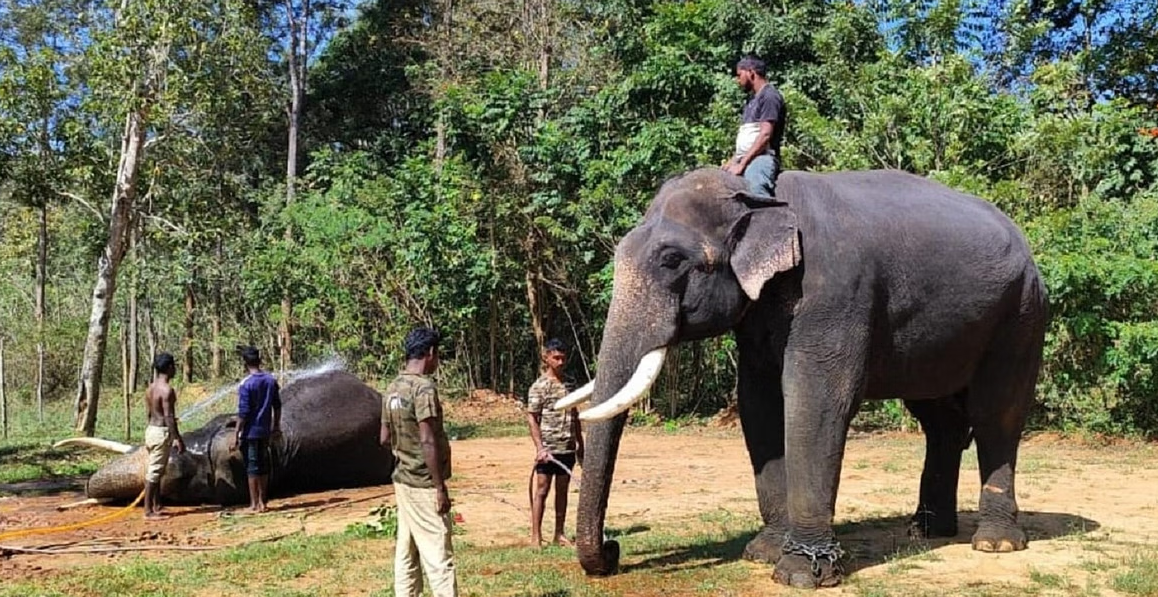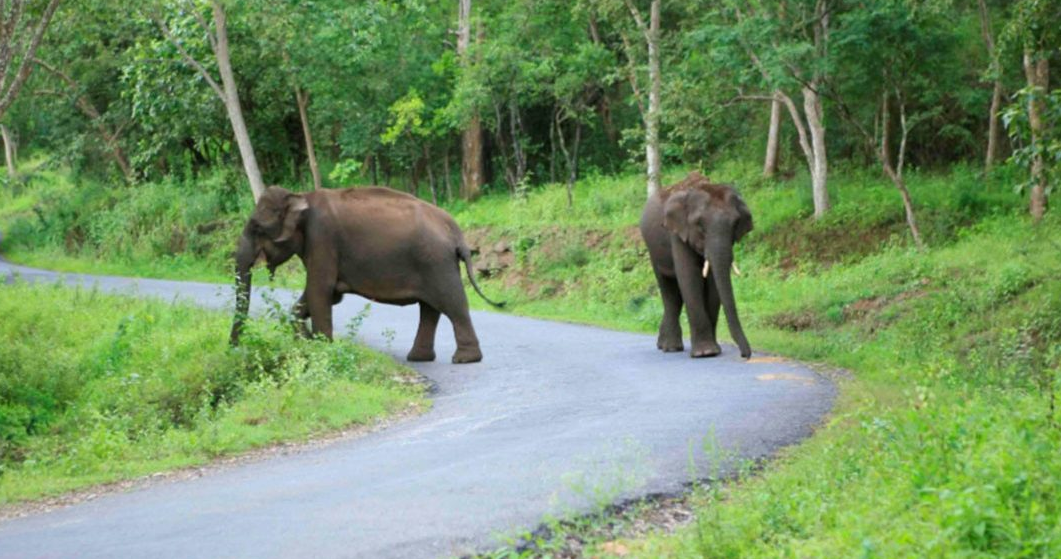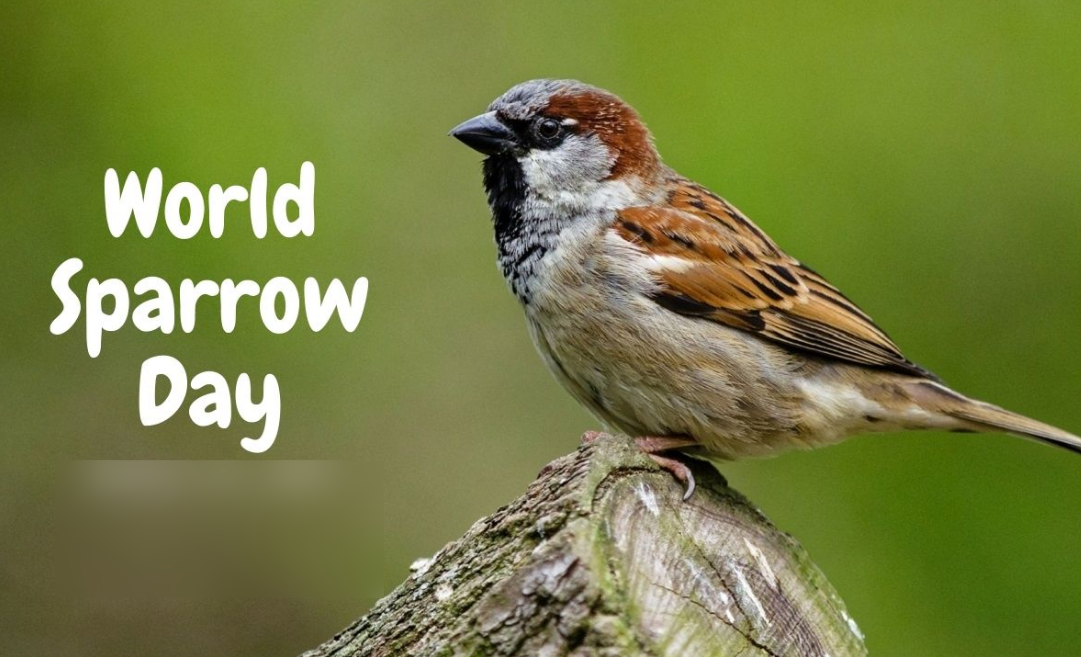
Union Minister Gajendra Singh Shekhawat revealed six new sites during a Lok Sabha session on March 7, 2025 as per UNESCO’s World Heritage Centre to be placed on India's tentative list. The tentative list of sites now includes the Mudumal Megalithic Menhirs in Telangana and palace-fortresses from the Bundelas in Madhya Pradesh and Uttar Pradesh as well as Kanger Valley National Park in Chhattisgarh and Ashokan Edict Sites along Mauryan Routes along with Chausath Yogini temples and Gupta temples from north India. The new sites on India’s tentative list now total 62 entities which serve as prerequisites for UNESCO World Heritage List nomination.
New Sites Added to the Tentative List:
-
Mudumal Megalithic Menhirs (Telangana): At Mudumal in Telangana prehistoric eminent field markers stand as monolithic stone structures named Mudumal Megalithic Menhirs.
-
Palace-Fortresses of the Bundelas (Madhya Pradesh & Uttar Pradesh): The Bundela Rajput dynasty built Palace-Fortresses of the Bundelas across Madhya Pradesh and Uttar Pradesh which merge cultural and defensive elements of their society.
-
Kanger Valley National Park (Chhattisgarh): The Kanger Valley National Park in Chhattisgarh functions as both a biodiversity hotspot and a distinctive region that includes unique flora and fauna as well as limestone caverns.
-
Ashokan Edict Sites along the Mauryan Routes (Multiple States): Ashokan Edict Sites situated throughout the paths constructed by the Mauryans (Multiple States) provide crucial documentation from Emperor Ashoka about Buddhism propagation and administrative order.
-
Chausath Yogini Temples (Multiple States): Multiple Indian states contain ancient Chausath Yogini Temples that present unique examples of Tantric cultural heritage from India.
-
Gupta Temples in North India: The Gupta Temples throughout North India presented both remarkable architectural masterpieces as well as sculptural achievements that characterizes the Gupta period often called the pinnacle of Indian artistic achievement.
Significance of the Tentative List:
-
Future UNESCO World Heritage List nominations require members to exist on the tentative list in the first place.
-
India currently holds position 62 on this list while showcasing multiple cultural elements and natural sites across its territory.
-
These sites gain enhanced international recognition together with better preservation capabilities along with better funding possibilities through this list.
Current Status of India’s UNESCO World Heritage Sites:
-
Currently, the UNESCO World Heritage List includes 43 distinctive properties.
-
Categorization:
-
35 Cultural Sites
-
7 Natural Sites
-
1 Mixed Site (Both Cultural & Natural Significance)
-
-
The Moidams of the Ahom Dynasty received the UNESCO tag in 2024 becoming the newest addition to the list of heritage sites.
Government Initiative and Future Plans:
-
The Ministry of Culture and Tourism remains dedicated to expanding the list of sites for nomination.
-
Heritage tourism along with conservation initiatives represents the main focus of the Indian government.
Conclusion
India's preliminary UNESCO list now includes six additional sites which demonstrate both historical and cultural and natural richness spread throughout the nation. Through this step India can expand its global heritage assessment while opening potential opportunities for conservation and sustainable tourism development. Strategic government initiatives are expected to bring additional sites to reach the UNESCO World Heritage status which will strengthen India's cultural heritage standing worldwide.



 Water Conservation and Management: A Policy Perspective
Water Conservation and Management: A Policy Perspective Rushikonda Beach Regained Blue Flag Certification
Rushikonda Beach Regained Blue Flag Certification Karnataka Forest Dept to Soft-Release Captured Elephants in Bhadra Sanctuary
Karnataka Forest Dept to Soft-Release Captured Elephants in Bhadra Sanctuary India’s Roadmap to Becoming More Disaster-Resilient Against Earthquakes
India’s Roadmap to Becoming More Disaster-Resilient Against Earthquakes International Day of Forests (IDF) 2025: Theme, Importance & Initiatives in India
International Day of Forests (IDF) 2025: Theme, Importance & Initiatives in India Government Measures to Increase Ethanol Blending Beyond 20%: National Policy on Biofuels
Government Measures to Increase Ethanol Blending Beyond 20%: National Policy on Biofuels National Wildlife Health Policy: Safeguarding Ecosystems and Public Health
National Wildlife Health Policy: Safeguarding Ecosystems and Public Health World Sparrow Day 2025: Preserving The Chirps Of Our Tiny Feathered Friends
World Sparrow Day 2025: Preserving The Chirps Of Our Tiny Feathered Friends Right to Development Through Industrialization Equally Claims Priority Under Fundamental Rights
Right to Development Through Industrialization Equally Claims Priority Under Fundamental Rights






